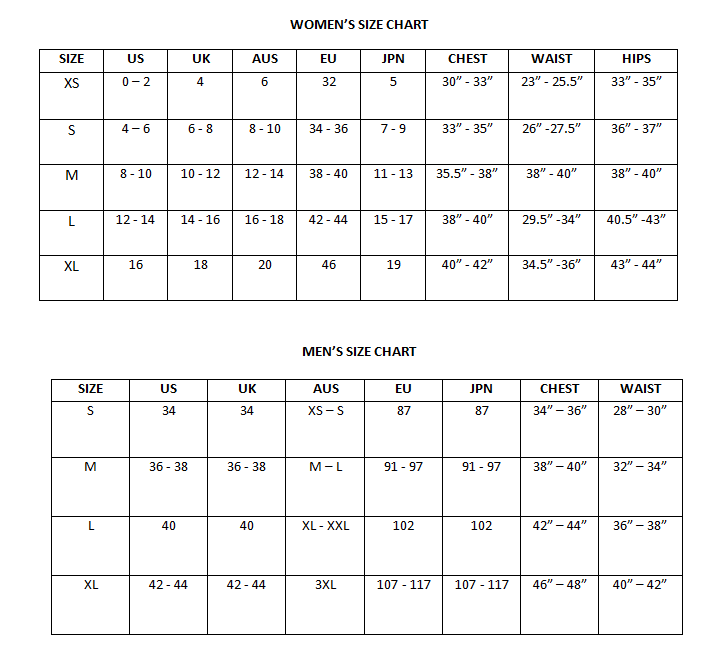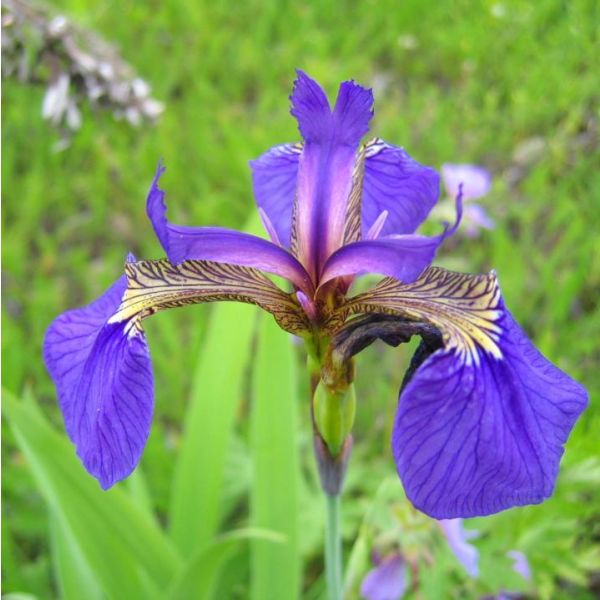Iris Setosa Seeds
Iris Setosa Seeds
It is in flower in June, and the seeds ripen in August.

Delivery
All orders shipped with UPS Express.
Always free shipping for orders over US $250.
All orders are shipped with a UPS tracking number.
Returns
Items returned within 14 days of their original shipment date in same as new condition will be eligible for a full refund or store credit.
Refunds will be charged back to the original form of payment used for purchase.
Customer is responsible for shipping charges when making returns and shipping/handling fees of original purchase is non-refundable.
All sale items are final purchases.
Help
Give us a shout if you have any other questions and/or concerns.
Email: contact@domain.com
Phone: +1 (23) 456 789
Availability: In stock
SKU
Iris Setosa
Iris setosa, commonly known as the Dwarf Siberian Iris, is a perennial flowering plant native to northern Europe, Siberia, and Alaska. Known for its resilience and striking blooms, this iris species is an excellent choice for rock gardens, borders, or as a wildflower in naturalistic landscapes.
Typically growing to about 30 to 50 cm (12 to 20 inches) in height, Iris setosa produces narrow, sword-like leaves that form dense clumps. In late spring to early summer, it blooms with vibrant, showy flowers that feature deep blue to purple petals with a distinctive yellow marking in the center. These flowers attract pollinators such as bees and butterflies.
This hardy iris species thrives in well-drained, slightly acidic soil and prefers full sun to partial shade. Once established, it is drought-tolerant and can withstand a variety of soil types, though it does best in moist, cool conditions. It is also tolerant of colder climates and can survive in USDA zones 2-9.
| Common name | Iris |
|---|---|
| Species | Iris setosa |
| Germination | First, you can scarify the seeds to try to speed up germination. For faster germination, soak the seeds in slightly hot water for 24-48 hours, followed by 3 months cold stratification before sowing, 1/4 inch deep, in your soil. Keep damp soil, not soaking wet. Keep pot in warm situation 20øC/68øF. Germination usually takes several months. It can be more, depending on their degree of unbroken dormancy, don't give up. |
| Scarification / Stratification | Seed coats may be so hard that they are impermeable to water. They need to be scratched or broken using a knife or sandpaper, in order to germinate. Chip the seeds with a sharp knife or make a few swipes with a sharp edged file or use sandpaper to allow moisture being more readily absorbed. |
| Price View | Price Range |

